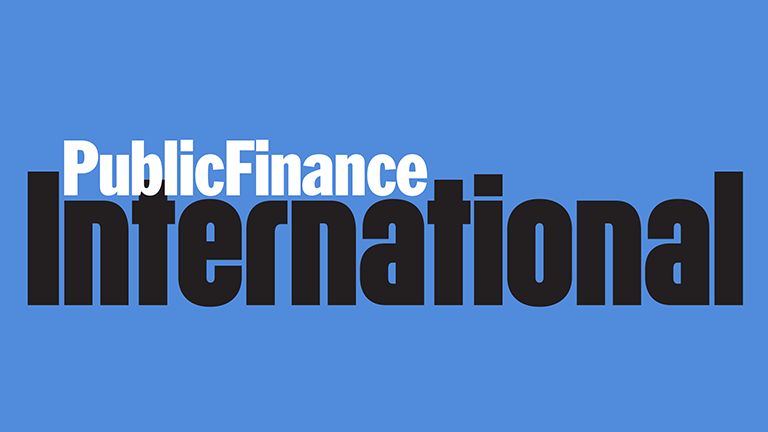Government financial statements published on 14 October recorded an operating balance before gains and losses ‒ or Obegal ‒of NZ$414m in the fiscal year to June 30, in contrast to a deficit of NZ$2.9bn reported in the previous year. In 2010, in the wake of the financial crisis and the major earthquakes that hit the Canterbury region, New Zealand reported a NZ$18.4bn deficit.
The government had forecast a small deficit for the year in May 2015, but thanks to “careful stewardship over day-to-day expenses”, greater than expected gains in tax and less spending than projected, the slim surplus ‒ amounting to 0.2% of GDP ‒ was achieved, finance minister Bill English said.
“In the year to June 2015, the core Crown’s revenue was $72.2bn, while core expenses were $72.4bn,” English said in a ministerial statement.
“The government has continued to restrain growth in spending while focusing on getting more effective results from existing spending, particularly for the most vulnerable New Zealanders.”
He added that it was an approach that was working well for the country’s citizens.
While recognising the surplus as a significant milestone, the minister said the government remained committed to “prudent management of public finances” and “steady and ongoing reductions in public debt over the medium term”, especially as the global outlook was still uncertain.
Speaking at a Trans-Tasman Business Circle lunch in Wellington on 15 October, English warned that the country’s economy could grow less than 2% in the 2015 calendar year, judging by slow growth in the first half of the year.
He refused to commit to future surpluses, saying that while open to refreshing fiscal targets the government is “not looking to change direction” and reiterated the ongoing need for fiscal restraint.





